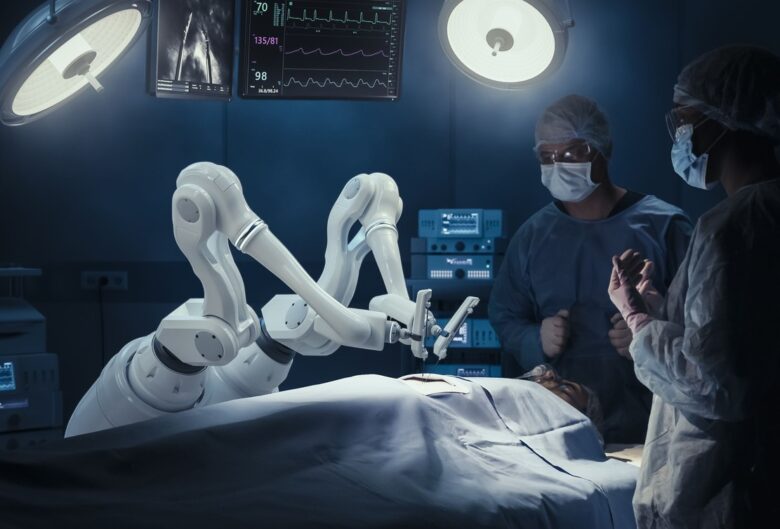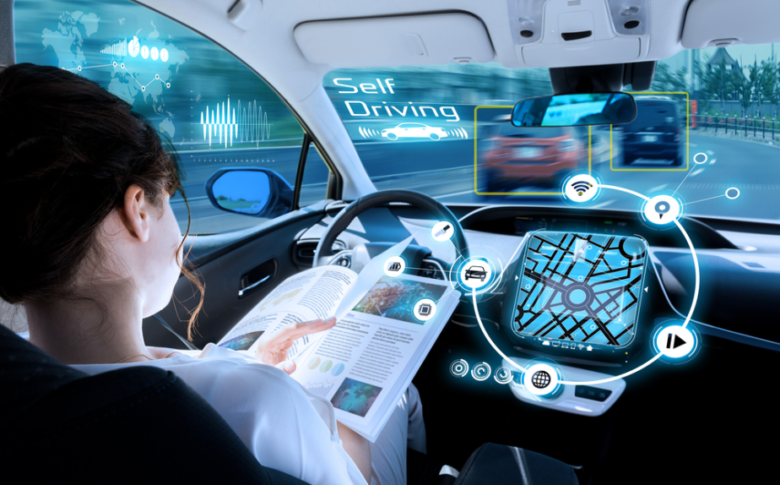Cities around the world are changing the way people get around. Smart mobility is a new mindset that leverages technology, data, and new mobility options to make cities more livable. This comprehensive system encompasses everything from electric buses and bike-sharing programs to ride-sharing apps and intelligent traffic management systems. By integrating these technologies, cities can …
FinTech (financial technology) has revolutionized the way we manage our finances. Saving and investing used to be cumbersome pursuits reserved for the wealthy or those with specialized expertise. Today, countless new digital tools and platforms make it easier, faster, and more personalized for everyone. These technologies provide people more control over their financial goals, making …
The operating room has always been a place of intense concentration, thanks to the steady hands and sharp eyes of highly trained surgeons. But surgical robots are transforming this demanding environment. These powerful technologies don’t replace surgeons; they allow them to fully concentrate on their work, resulting in stunning advances in medical treatments. The advent …
As cities become increasingly intelligent, the way we travel is rapidly changing. Big data is at the heart of this transformation and is a key driver of smart mobility. Data analytics is transforming transportation, making it safer, more efficient, and more environmentally friendly. This effect is achieved by improving traffic flow and supporting autonomous vehicles. …
AI is revolutionizing finance, including risk assessment. This groundbreaking technology is improving efficiency and accuracy across numerous areas, such as compliance testing and third-party risk management. Overdependence on artificial intelligence (AI) and supplier consolidation could erode the foundations of financial markets and increase endogenous risks such as asset price distortions, herding behavior, and even bubble …
Autonomous vehicles collect environmental data from radar, lidar (light detection and ranging) sensors, cameras, and neural networks utilizing machine learning algorithms. Neural networks and machine learning algorithms further process this collected data for analysis. Automated vehicles use algorithms to construct an accurate world model of their surroundings and their location. After establishing this data, an …
One of the primary questions regarding vehicle automation is whether self-driving cars are safer than human drivers. Although software glitches and ethical quandaries do occur with both types of driving technologies, human drivers remain relatively secure. Autonomous vehicles are designed to eliminate human error, which accounts for 94% of traffic accidents. Their faster response time …
Autonomous automobiles, also called self-driving cars, can operate without human oversight. They employ a mix of cameras, sensors, radars, GPS, and artificial intelligence to locate and respond to the road’s conditions. As technology develops, some of the frequently asked concerns are whether these vehicles are actually secure. Security is a major issue for regulators, developers, and everyone else. Understanding …
The banking sector is on the cusp of a technology revolution. Artificial intelligence is no longer a buzzword but a force that has fundamentally changed the way financial institutions work, serve their customers, and manage risks. AI technology is revolutionizing modern banking. From chatbots that handle customer inquiries to sophisticated algorithms that detect fraudulent transactions in real …
In today’s fast-paced world, people are increasingly investigating how to improve their health and well-being. Smart home technology has made this shift possible in part by allowing people to integrate health into their daily lives without extra effort. From improved sleep to exercise and mental health support, smart home technology is becoming a practical tool …









